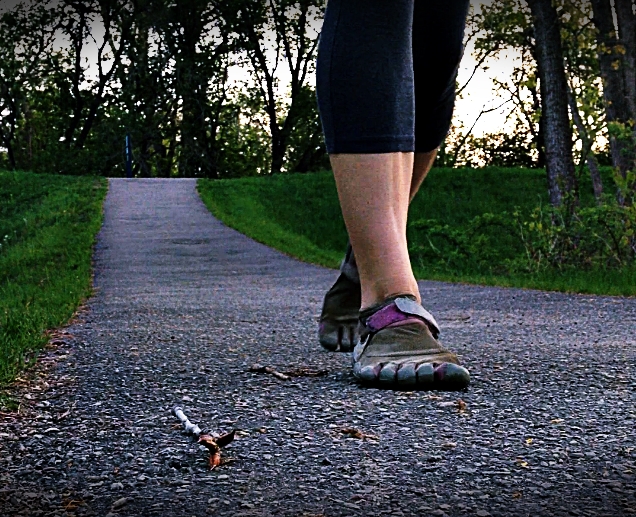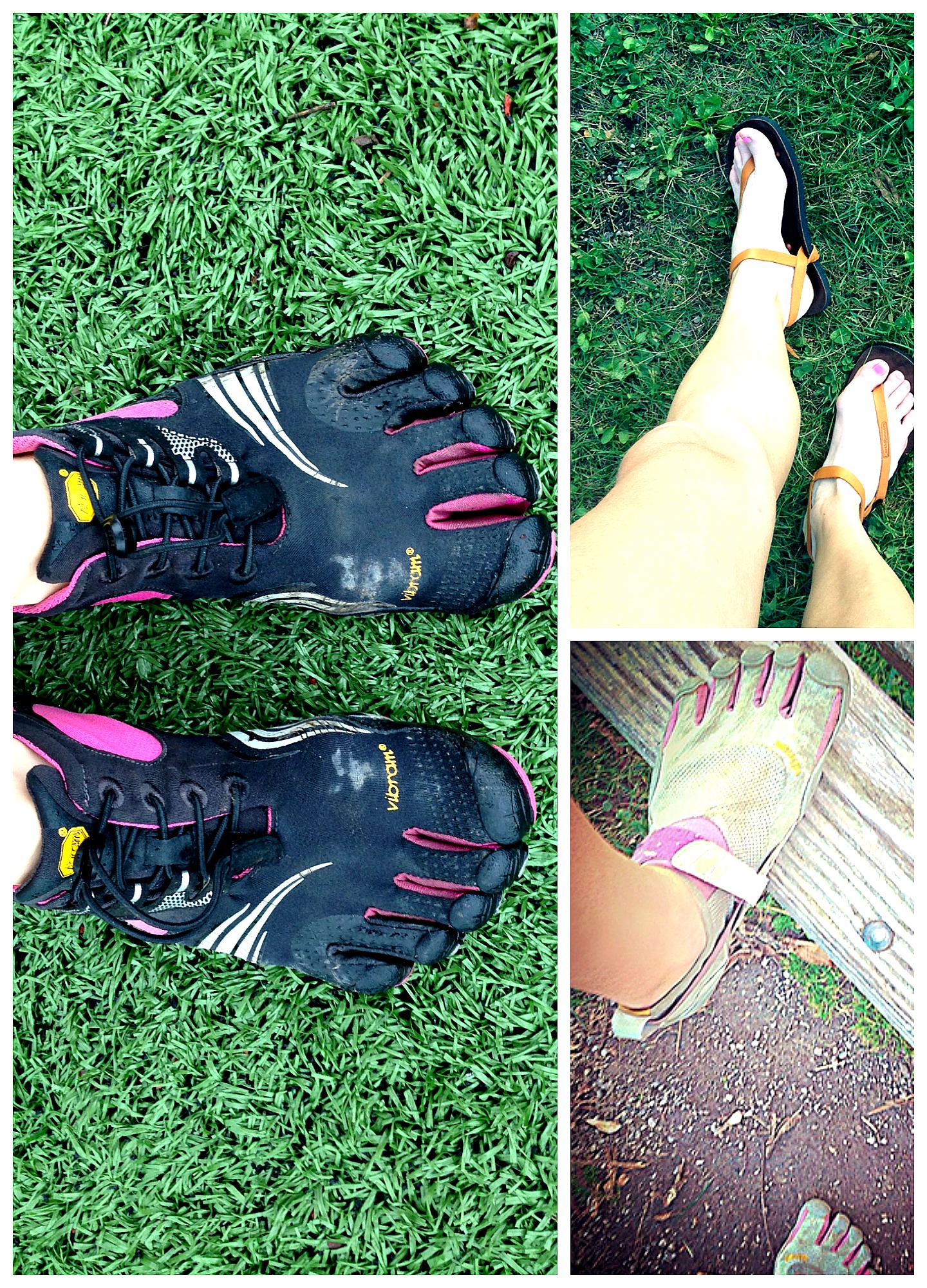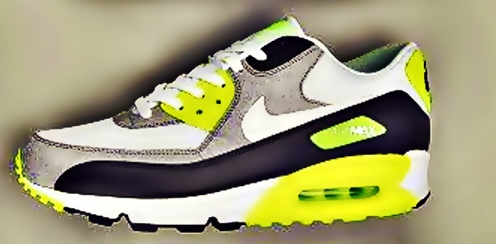Barefoot-like running shoes protect the body from impact by allowing the feet to have better energy dissipation.
Foot movement varies dramatically in footwear. Depending on the shoe, the foot can either move freely to help dissipate energy, like in a minimalist shoe, or remain restricted and rigid, like in the conventional running shoe.
What is clear is that the body is more vulnerable to injury if the foot is immobilized during running, which is why it’s always best to wear a running shoe that promotes the foot’s natural range of motion, like the minimalist footwear shown below.
Barefoot-Like Running Shoes Deflect Impact Away From the Body
Most standard running shoes are stiff, limiting the foot’s range of motion, whereas barefoot-like running shoes allow key movements of the foot to establish impact absorption needed to prevent injury.
In the absence of arch support and other stability features, mediolateral movement of the foot, particularly in the arch, is able to occur for an extended period of time during stance. Lees et al. 2015 proposed that this movement relates to increased energy dissipation in the foot during running.

Moreover, barefoot-like running shoes increase the foot’s range of motion, thereby promoting greater torsional rotation of the metatarsals –a movement that allows more energy dissipation during stance. This in turn, affects coupling of the foot with the leg during running. For instance, the subtalar joint utilizes torque to transmit rotation of the foot into rotation of the lower leg (Bellchamber et al. 2000; Inman, 1976; McClay and Manal, 1997).
Conversely, most joggers may be faced with reduced rotational compliance of the foot because the footwear they wear are too inflexible (shown above). Barefoot-running shoes provide a fuller capacity to accentuate the dynamic functional properties of the foot.
The Take Home Message
The only way to effectively enhance energy dissipation in the foot is by wearing shoes that allow the foot to move naturally. This ability of increased foot mobility could make runners avoid injury. Likewise, the growing acceptance of foot mobility may be one of the many reasons behind runners’ changing from standard shod to barefoot-like footwear because barefoot conditions provide a better shock transmission profile in the foot.
More From Run Forefoot:
- Forefoot Running May Reduce Hip Adduction
- Did Humans Evolve to Be Forefoot Runners?
- Heel Injury While Running
- Common Injuries When Switching to Forefoot Running
- Run Wearing Weighted-Vest Improves Performance
References:
Bellchamber, TL; Van den Bogart, AJ: Contributions of proximal and distal moments to axial tibial rotation during walking and running. J. Biomech. 33:1397–1403, 2000.
Inman, VT: The joints of the ankle. Baltimore, Williams & Wilkins, 1976.
Lees et al. Shock absorption during forefoot running and its relationship to the medial longitudinal arch. Foot & Ankle Inter, 2005;26(12):1081-88.
McClay, I; Manal, K: Coupling parameters in runners with normal and excessive pronation. J. Applied Biomech. 13:109–124, 1997.
Bretta Riches
BSc Neurobiology; MSc Biomechanics candidate, ultra minimalist runner & founder of RunForefoot. I was a heel striker, always injured. I was inspired by the great Tirunesh Dibaba to try forefoot running. Now, I'm injury free. This is why I launched Run Forefoot, to advocate the health & performance benefits of forefoot running and to raise awareness on the dangers of heel striking, because the world needs to know.
Latest posts by Bretta Riches (see all)
- Can You Run In Barefoot Shoes? Yes, But DON’T Heel Strike! - 21/07/2024
- Why Cushioned Running Shoes Are Really Bad for Your Feet - 19/07/2024
- Do Cushioned Running Shoes Cause Injuries? - 17/07/2024



Leave a Reply